Ruth Catlow
We engage our most profound, imaginative capacities through social play
The most important thing I’ve learned in the last few years of reflecting on transformational creative practices is the importance of vivid co-created imaginaries for the future and the importance of expanding ideas of care in these imaginaries. Expanding and deepening connection with living bodies and living systems that make up the land, the seas and the skies. And learning more about what we need to survive, let alone thrive. There are two very important things to pay attention to in the co-creation of such imaginaries. One is that we respect what is now, that we work together to build the most multi-dimensional view possible of the political dynamics, infrastructures and desires of both individuals and the communities that they’re nested in. We dig, we explore, we document. We uncover together the difficulties, conflicts and the harms. The second strand is that we engage our most profound and playful, imaginative capacities through social play. And here’s the outcome. So this is a dog with two tails, which in the UK was the word vernacular. A dog with two tails is like the happiest dog you will ever meet. And the dog’s imagination was the biggest ball you can imagine.
First, let’s think about imaginaries for the future. So I was listening to David Graeber talk and he made this observation that, like once you think about it, I think it’s really interesting. He said that after the seventies, sci-fi stopped giving us exciting new imaginaries for the future. So, no more exciting social imaginaries. Instead, what we have is dystopias. And if we don’t have visions to work towards collectively, then, we’re stuck in the now and the systems that are given to us that trap us, that keep us in what lots of people now recognize as harmful. Harmful to the environment and harmful to all living things systems. So the importance of a vivid imaginary is something that we might want. Something that we might want to build together. It is that we can all hold it in our minds and in our hearts and know what we’re aiming towards. And the importance of building them together is that it holds our mutual desires. So the desires that cross over, the desires that conflict. And we have a way of understanding how these things might be negotiated. And the more fascinating, strange and exciting it is to our inner children, the harder we’ll fight for it.
With Marc Garrett we discovered the Internet at the same time as he’d been working with pirate radio and bulletin boards, But at first I thought it was dead boring, such a thin and kind of immaterial space. But then as I worked with it and learned more about it, I realized that it’s like a social sculpture with other people. Social relations become your material. I was exploring this at the same time that the Young British Artist scene was happening, the YBA scene, and this was making being an artist really uncomfortable, very kind of market focused, making celebrities. It was all deadly boring and it did something horrible to a lot of our artist friends. It was, like, not good. So I think [ that core those two things together, I think we realized that what we wanted to do was to explore how using these new network technologies, we could create our own art worlds, create our own contexts with other people.
All species have culture
When I started out with the Treaty of Finsbury Park, I thought we would imagine a future in which all species had culture and all species had a voice. And what we’ve discovered along the way is that all species already have culture. All species already have ways to communicate what is important to them and what matters to them. And now we’re just finding out how to make this more visible and feelable to more of us.
An invitation to enjoy something is much more inviting than an invitation to come and learn something hard
I actually think my initial engagement with public space was in some ways quite abstract and from a position of what ought to be done. And so we moved. We moved to the heart of this very typical London super diverse park back in 2011. And really trying to work out how to communicate and connect with anyone who came in through the door. In some ways it just felt like a new martial art to try and make often quite intellectual or work that deals with abstract qualities of network technology and its politics somehow sensible to someone like parents coming with their kids to just spend a bit of time on a Saturday afternoon. So at first it was very much about trying to do the work of communicating and engaging in a very genuine way. And then also our long term engagement with questions of the commons, this idea of public of the commons as a space that is co-owned and co-managed by the people who love it and use it and produce it. And moving to the park gave us the perfect platform to really explore that with people in a very real way. I think I’ve become much more interested or much more aware of my interest in pleasure over the last few years actually, and the importance of pleasure as a way to really engage people. It’s much more inviting for people, if you can literally say that. An invitation to enjoy something is much more inviting than an invitation to come and learn something hard. So often, I think with the things we’re doing, people are learning hard things, but they’re learning things that we know are important to the people we’re communicating with because we’ve asked them, because we’ve been with them for quite a long time. You know, we have a much more co-creative co-curatorial practice now because we’ve been in the park.
Dimensions
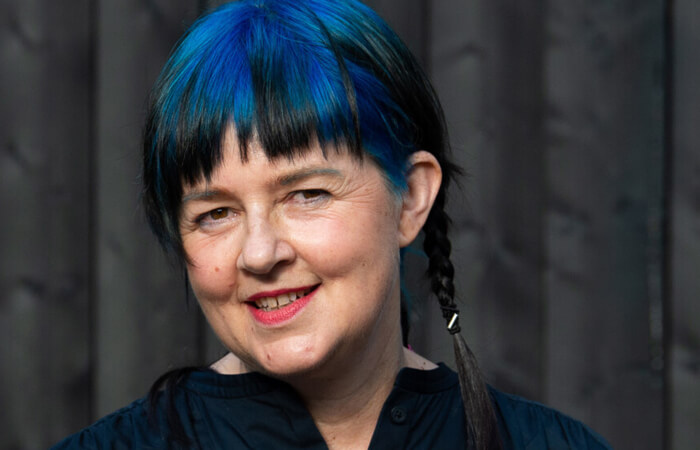
About Ruth Catlow
Artist, curator and researcher of emancipatory network cultures, practices and poetics. Artistic director of Furtherfield, a not-for-profit international community hub for arts, technology and social change founded with Marc Garrett in London, in 1996. Co-editor of Artists Re:Thinking the Blockchain (2017); curator of the touring exhibition New World Order (2017-18); runs the award winning DAOWO arts and blockchain lab series with Ben Vickers, in collaboration with Goethe Institute; principal investigator for the blockchain research lab at Serpentine Galleries. Director of DECAL Decentralised Arts Lab, a Furtherfield initiative which exists to mobilise research and development by leading artists, using blockchain and web 3.0 technologies for fairer, more dynamic and connected cultural ecologies and economies.
CreaTures resources
Catlow, R. (2022) The Treaty of Finsbury Park [Festival Pechakucha presentation]. CreaTures Festival, Sevilla, Spain.
Petroiusti, L. (2022). How do we encounter climate breakdown? How do we negotiate the impossibly complex? [Festival keynote]. CreaTures Festival, Sevilla, Spain.
Light, A. (2022). On Participative Intimacies and Other Invisible Achievements. Keynote at Participatory Design Conference 2022. Newcastle, UK.
Catlow, R., Diem, C. & Houston, L. (2021). The Treaty of Finsbury Park 2025 – In Conversation at IAM Weekend 2021. [Festival presentation]. IAM Weekend festival 2021.
Catlow, R. and Lai, T. (2021). The Treaty of Finsbury Park 2025. [Conference presentation]. Forum For Earth @ COP 26 (openCOP).
Botero, A., Choi, J. H-j., Jain, A., Lapin, K., Sharma, S., Pineros, N., Lintunen, A. & Catlow, R. (2021). What is a forest? When is a forest? [Panel discussion]. Vienna Biennale for Change 2021.
Houston, L., Light, A. & Thornton, C. (2022) The Richness of Designing for Eco-Social Change – Creative Practice, Transformative Futures and Living Within Limits. LIMITS 2022. https://doi.org/10.21428/bf6fb269.eb087907
Dolejšová, M., Ampatzidou, C., Houston, L., Light, A., Botero, A., Choi, J. H-j., Wilde, D., Altarriba Bertran, F., Davis, H., Gil, F., and Catlow, R. (2021). Designing for Transformative Futures: Creative Practice, Social Change and Climate Emergency. In Creativity and Cognition (C&C ’21), June 22, 23, 2021, Virtual Event, Italy. ACM, New York, NY, USA, 9 pages. https://doi.org/10.1145/3450741.3465242
Thornton, C. Wallis, L. & Furtherfield. (2021). The Hologram: Collective health as really beautiful artwork. ACM Interactions 28(1).
Houston, L., Light, A. & Braybrooke, K. (2020). How are Environmentally Engaged Arts and Cultural Organisations Responding to the COVID-19 Pandemic? CreaTures: Creative Practices for Transformational Futures, Rapid Response Working Paper v1.0
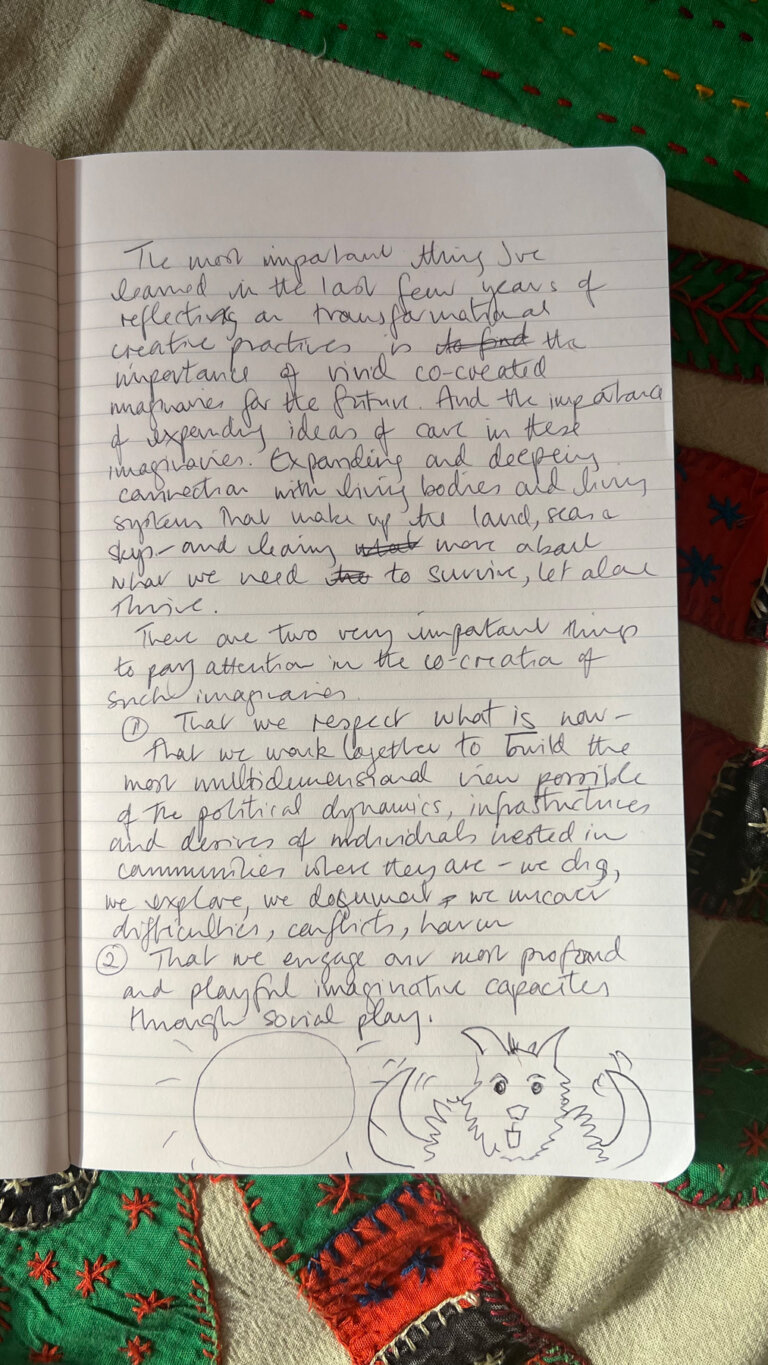
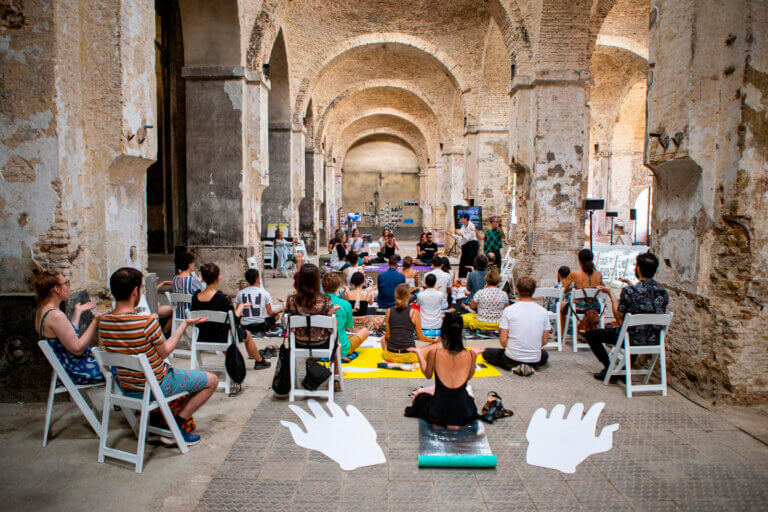
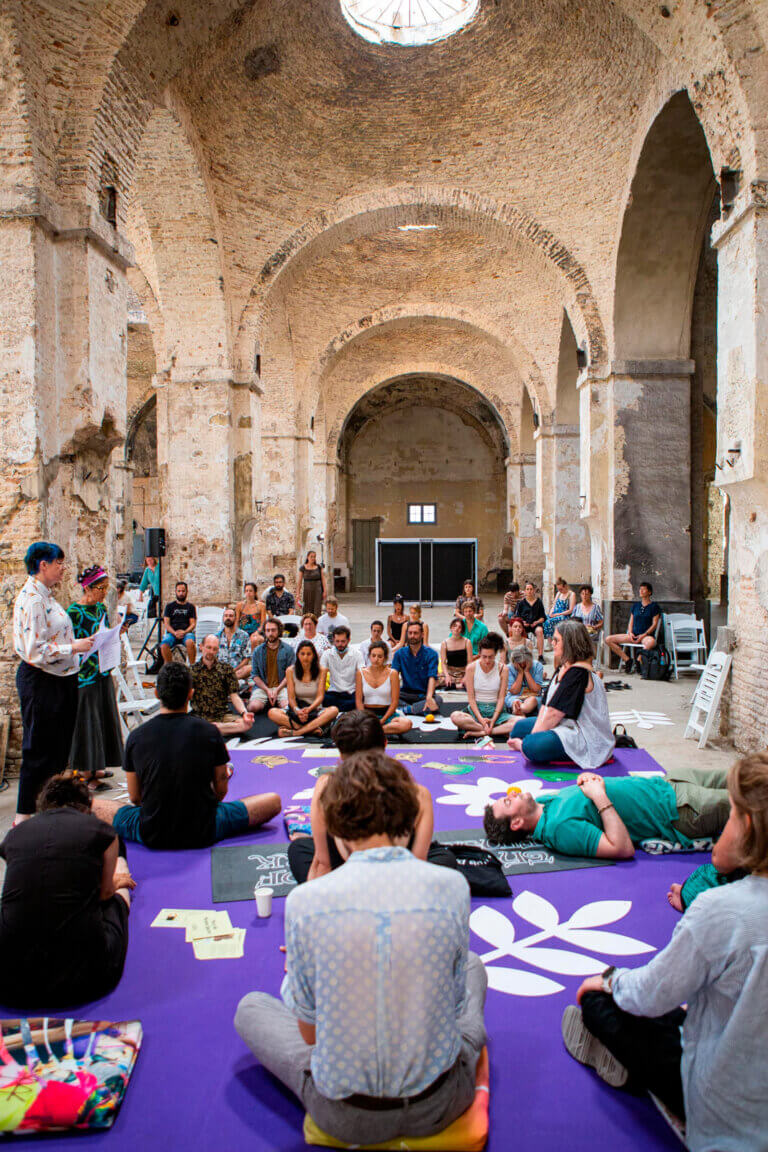
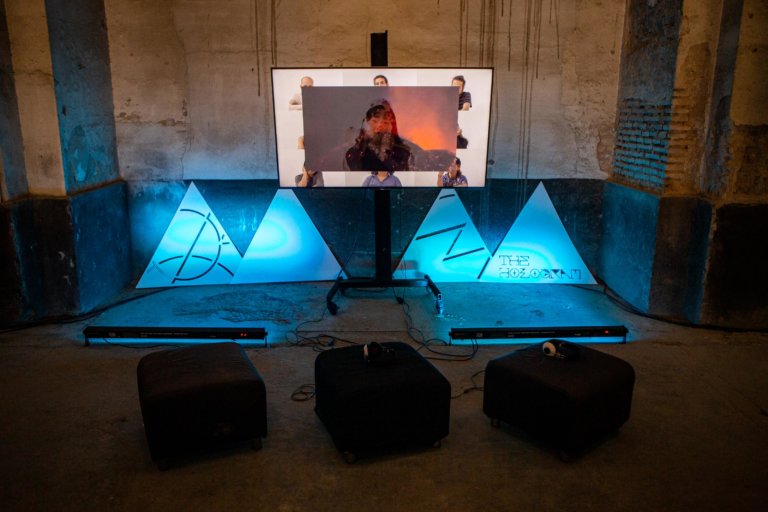
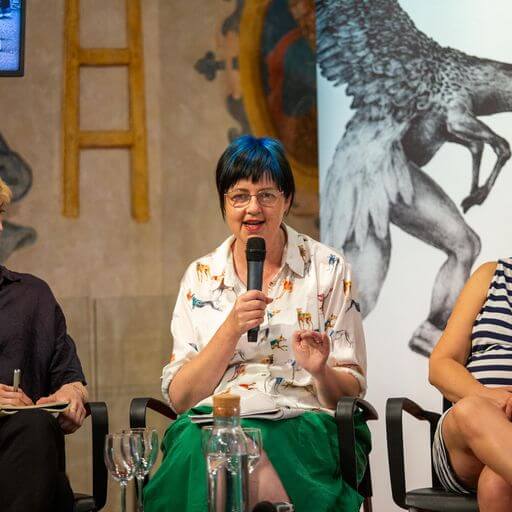
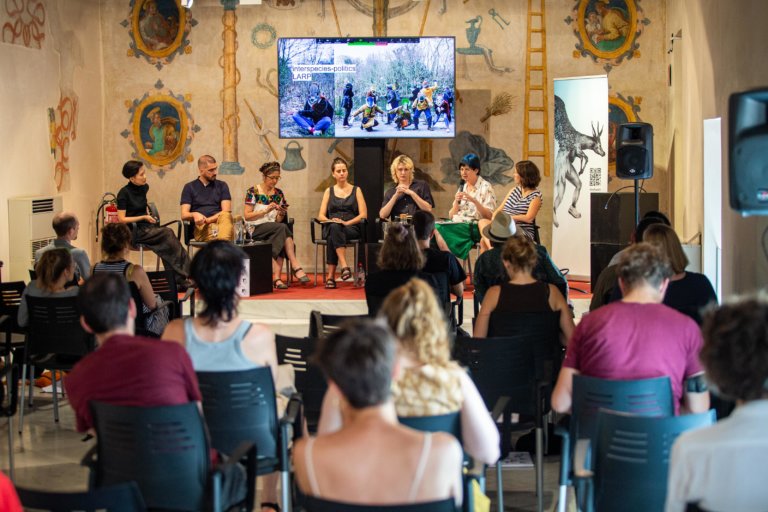
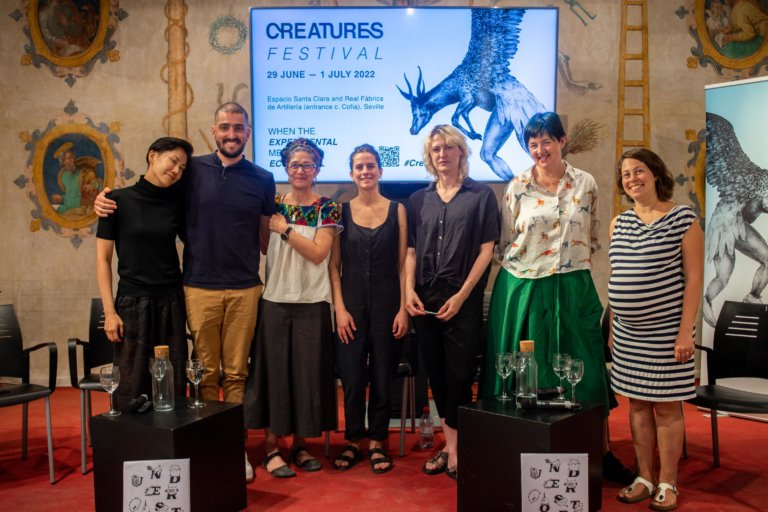
Social relations become your material